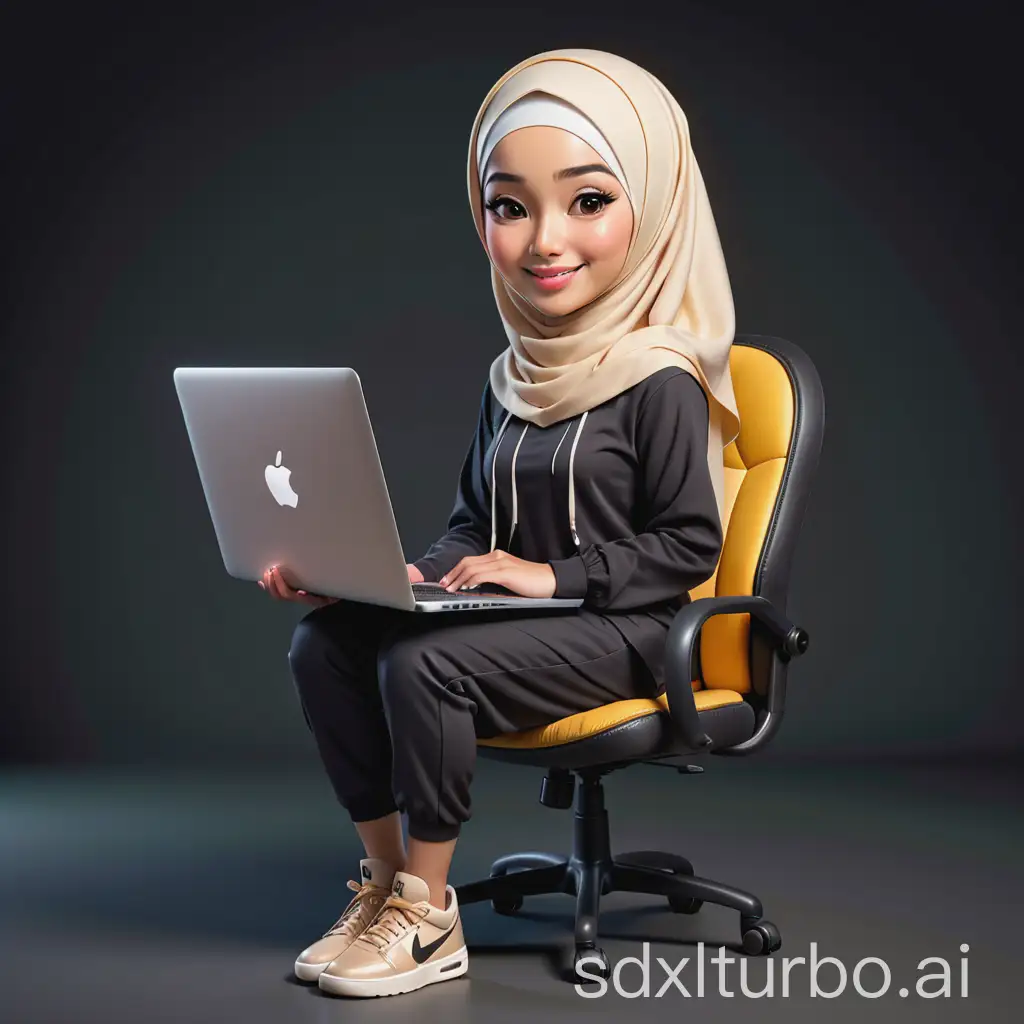4 Free 4D rendering AI images Powered by Stable Diffusion XL
Welcome to our 4D Rendering image collection, where you can explore over 4 free AI-generated images. These images span a wide variety, including stock photos, 3D objects, vectors, and illustrations. Each image is available for high-resolution download, and you can use the 'open in editor' feature to adjust the image prompt and regenerate it to match your specific needs. Generated by




4D rendering refers to the process of creating images that visualize objects and scenes not only in three dimensions but also incorporating the aspect of time, creating dynamic, animated visuals. This technology blends 3D modeling with temporal elements, producing realistic simulations of motion, transitions, and changes over time. Widely used in fields like architecture, film, and virtual reality, 4D rendering allows creators to go beyond static visuals, offering interactive and evolving experiences.
What is 4D Rendering? Understanding the Concept
The applications of 4D rendering span across multiple industries. In architecture, it is used to visualize how structures will evolve over time, showing how light will move throughout the day or how a building might change with wear. In film and animation, 4D rendering creates seamless motion, bringing characters and scenes to life in a realistic way. Virtual reality environments and video games also benefit from 4D rendering, as it enables the creation of immersive, interactive experiences that evolve dynamically based on user input.
Applications of 4D Rendering in Modern Industries
4D rendering comes in various styles, each suited to specific needs. Photorealistic rendering is used when lifelike images are required, often for architectural visualization or product design. Stylized 4D rendering, on the other hand, incorporates more artistic or exaggerated visuals, ideal for animation, video games, or experimental digital art. Interactive 4D renders are common in virtual and augmented reality, where users can engage with dynamic environments that change over time. Each style enhances the storytelling and functionality of the final visual product.
Different Styles of 4D Rendering and Their Uses
As technology advances, 4D rendering is expected to become even more sophisticated, especially with the integration of artificial intelligence and machine learning. AI can streamline the rendering process, predicting changes over time more efficiently, and allowing for real-time adjustments. The future also holds exciting potential for virtual reality, where 4D rendering will play a critical role in creating hyper-realistic, interactive environments. Additionally, advancements in GPU technology and cloud rendering services are likely to make 4D rendering more accessible to a wider audience, from indie creators to large-scale production companies.
Future Trends in 4D Rendering Technology